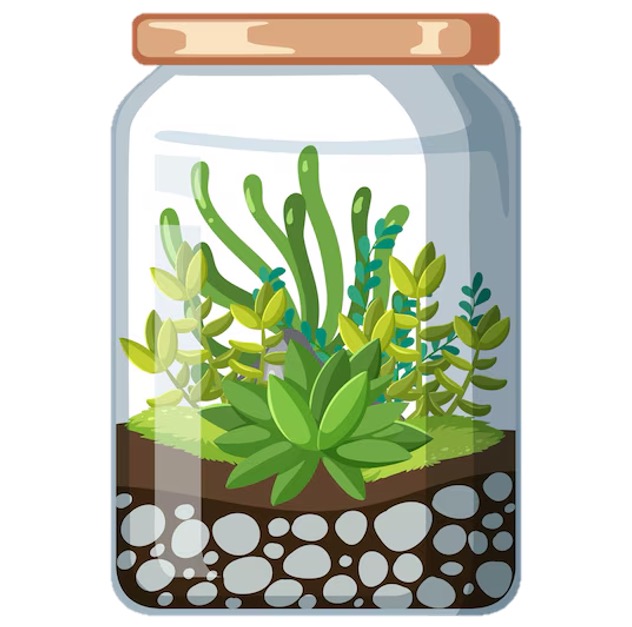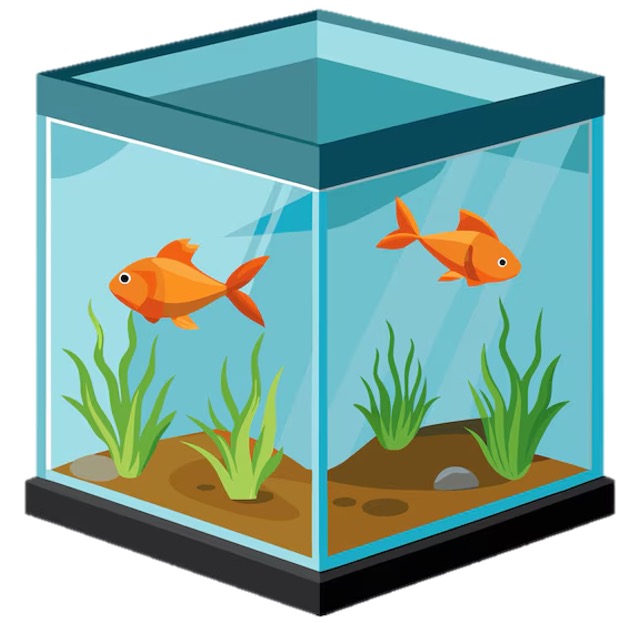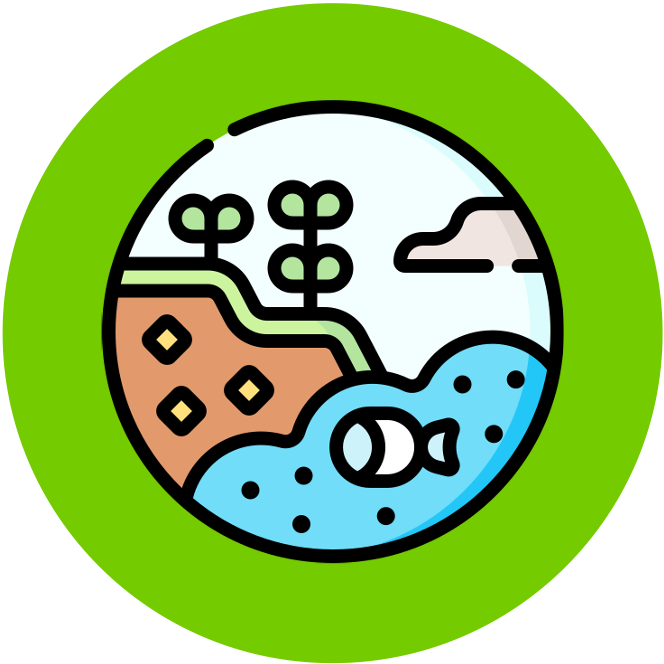

Mesocosms
An ecosystem is considered stable if it is capable of maintaining its ecological functions under changing conditions or during disturbances
-
Stable ecosystems require a constant energy supply, recycling of nutrients, a high degree of biodiversity and climatic variables remaining within tolerance ranges
Recycling of Nutrients
-
Nutrients must be recycled to allow an ecosystem to be self-supporting (chemical elements are required for biosynthesis)
-
Conditions must be favourable to decomposers – so that nutrients can be made available to the producers
Abiotic Conditions
-
Climatic variables, such as temperature and rainfall, must remain within tolerance levels for ecosystems to remain stable
-
If climatic conditions exceed tolerance limits, species will need to migrate out of the ecosystem or face extinction
Genetic Diversity
-
High levels of genetic diversity provide populations with the capacity to adapt to changes in the environment
-
If genetic diversity is low, then there is a reduced potential for favourable alleles to be present when conditions change
Energy Supply
-
A constant source of energy must be present to allow living organisms to synthesis the organic molecules required for metabolic processes
-
Sunlight is the energy source for most communities, however some can derive energy from oxidation reactions involving inorganic substances
Ecosystem Stability

Recycling
of nutrients

Abiotic factors
within limits

Genetic
diversity

Energy source
(e.g. Sun)

Hint:
RAGE
Mesocosms
Mesocosms are enclosed environments that allow a small part of a natural environment to be observed under controlled conditions
-
Mesocosms are typically set up in sealed glass vessels to prevent the entry and exit of matter, while still allowing for external energy transfer
Within a laboratory, mesocosms can be set up with a known factor altered (e.g. light, pH) to assess its effect
-
A control mesocosm should be set up at the same time for comparison (does not contain the altered condition)
Terrestrial mesocosms (terrariums) typically involve the following materials:
-
Drainage material (e.g. gravel) is placed at the bottom, followed by a layer of charcoal to prevent mould and aerate the soil
-
A layer of sphagnum moss helps to retain water separates the soil from the base layers
-
Pre-moistened soil will provide the organic material and microorganisms required for nutrient supply
-
Slow growing plants function as producers and allow the stability of the mesocosm to be measured
Aquatic mesocosms (aquariums) typically involve the following materials:
-
The base layer should consist of an organic substrate (such as soil) to provide nutrients and microorganisms
-
The water must be sufficiently clear to allow for the influx of light through the glass container
-
Small aquatic plants act as producers and help to oxygenate the water
-
Small organisms such as water fleas or water snails could be added in low numbers (primary consumers only)
Types of Mesocosms

Terrarium





